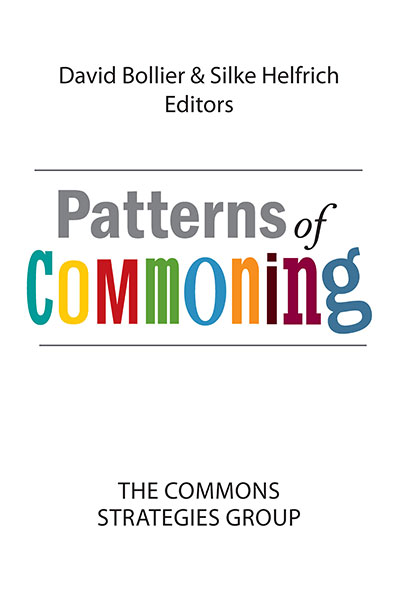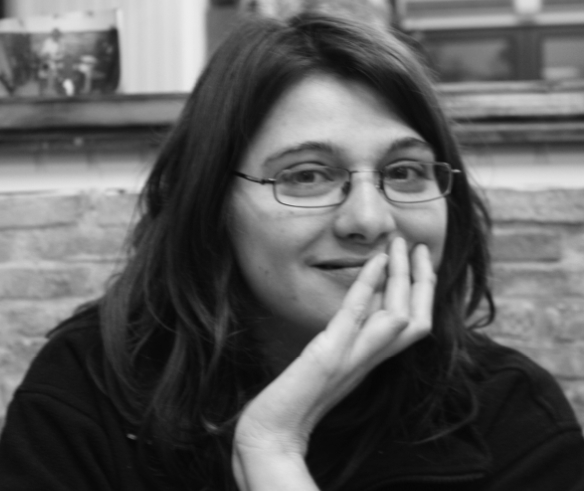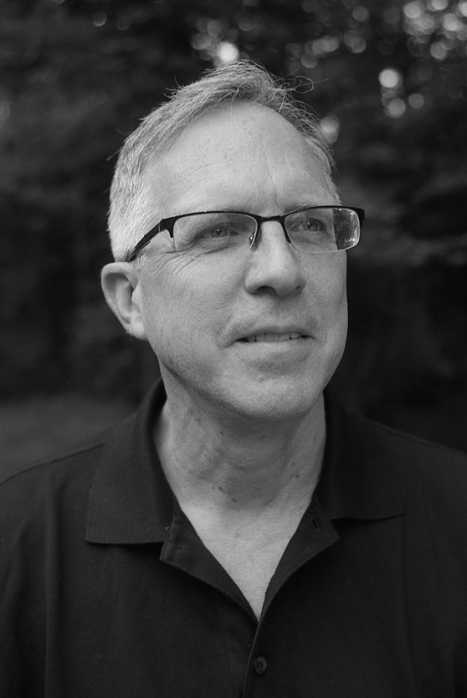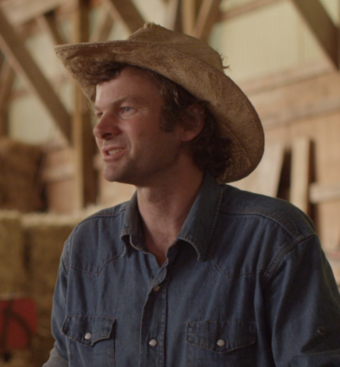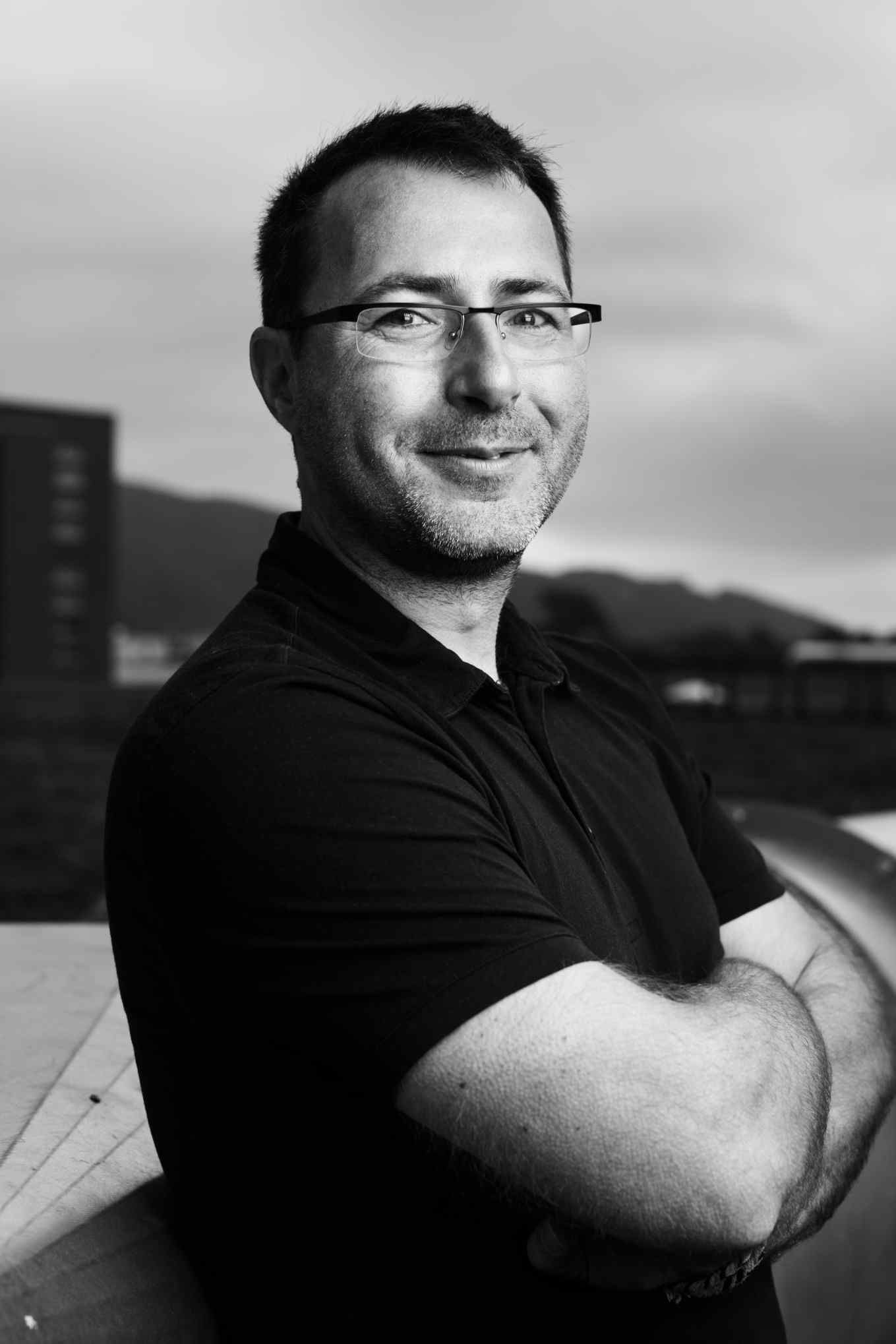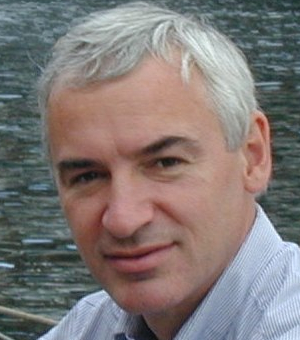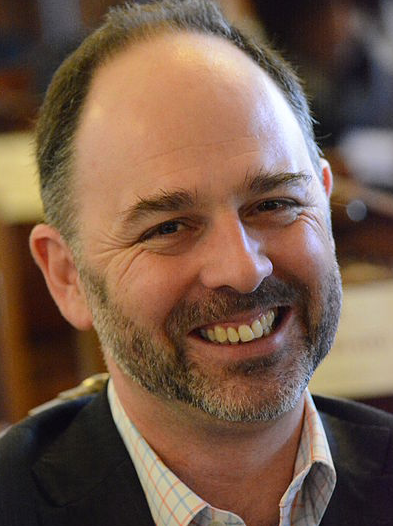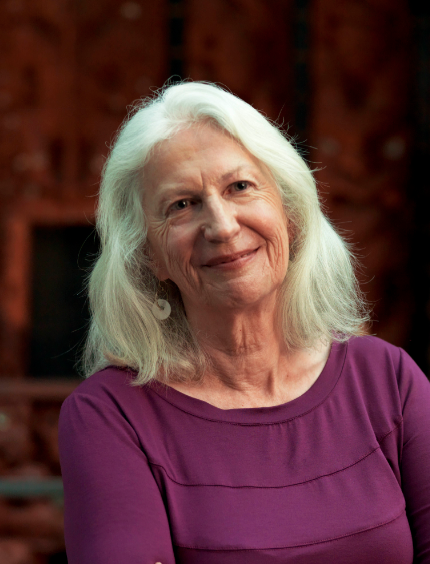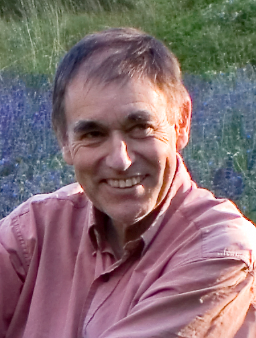Alain Ambrosi (Canada) is a designer and producer of intercultural projects, independent researcher, author, videographer and producer of the Remix The Commons Project.
Patterns of
COMMONING
AS220 of Providence, Rhode Island: A Commons of, by and for Artists
By David Bollier
Nearly everyone knows AS220 as one of the most happening places in Providence, Rhode Island. The “AS” stands for “Artists’ Space”; 220 was the initial address of the distressed building that it originally occupied in 1985. AS220 is now an incredibly vital cultural commons that offers everything: rehearsal spaces, poetry slams, live music and dance performances. Figure drawing, affordable artist studios, a Fab Lab and a print shop. Public access to specialized art equipment, cheap apartments for struggling artists, and more.
While AS220 has all sorts of interactions with businesses, government and philanthropy, it is really an unheralded model of a commons for producing and enjoying the arts. It is financially self-sustaining, independently managed and organically connected as a co-producer with various artistic communities.
AS220’s success as an arts commons stems from its fierce vision of what authentic art should be – and its resourcefulness in acquiring three large buildings in a once-troubled section of Providence’s downtown. The buildings, consisting of more than 100,000 square feet, enables AS200 to generate its own revenue through storefront leases while providing huge amounts of affordable downtown building space to host artistic enterprises. After more than three decades, AS200, with a budget of more than $3 million and 60 employees, is a self-confident, financially secure overdog for the underdog – artists.
AS220’s ownership of downtown real estate may be the financial secret of its longevity, but it could not have survived without its deep commitment to the arts as a commons. This originated in a manifesto written by three artists, Steven Emma, Martha Dempster and Umberto Crenca, in 1982, in which they called on artists to “stop harboring false hopes and come to terms with the present deteriorating situation in the arts.” They urged resistance to all attempts by the state, philanthropy, arts agencies and award systems to control or manipulate artists. “Art has been removed from being an integral part of our society and has been relegated to mere processes which have lead to the production of dry, academic, pedantic, superficial, mechanical and mass-produced works of art devoid of all integrity, honesty and meaning….” the artists wrote. They demanded that art be “allowed to flourish unhampered because art is one of the last areas of culture where humanity defines his spiritual nature.”
Crenca, better known as “Bert,” founded AS220 shortly thereafter and is its artistic director today. He is mostly a painter, but now spends much of his time overseeing the diverse artistic enterprises hosted by AS200 and the real-estate management that sustains this rare empire of vernacular arts and culture. The organization has always been primarily a group effort, however, achieved through the talents of people like Lucie Searle, who manages all of the real estate projects, Managing Director Aaron Peterman, helpful board members, a staff of dozens, and active collaboration with the state and city governments and the business community.
Calling AS200 a nonprofit organization fails to capture its real achievement or inner logic. While it is legally chartered and managed as a nonprofit organization, its deep cultural commitment is to protect the integrity of artistic freedom and creativity. It has refused to become a supplicant desperately trying to please stuffy donors or produce preconceived notions of “what sells” in artistic markets. It realizes that its core mission is not to make money in the marketplace, satisfy foundation program officers, spur urban development or please politicians. Its goal is to help artists to be artists, and to nourish artistic communities as artistic communities.
Walk around the three AS200 buildings and the fruits of this ethic can be seen everywhere. Fascinating and fantastic artworks abound: prints, murals and paintings on the walls, music wafting through the hallways, and posters advertising upcoming exhibitions and performances. AS200 is no genteel, sanitized haven for the fine arts as some society matron might conceive of them. It is a place where both amateur and accomplished photographers, poets, dancers, painters, musicians, hip-hop artists and digital fabricators with 3D printers can be themselves. The AS220 vibe is funky, experimental, transcendent, offbeat and startling.
A conspicuous example is the colorful eighty-foot mural that adorns the side of one of AS220’s buildings. It was designed by Shepard Fairey, the street artist famous for the iconic poster used by Barack Obama’s 2008 presidential campaign. Fairey contributed the mural for next to nothing because of a favor that Bert had shown him years earlier when Fairey had been an unknown artist.
The commitment to local art is shown by AS220’s policy toward rock bands. In the mid-1980s, it was extremely hard for local bands playing original music to get booked at any Providence clubs. Only large, national touring acts or local bands doing cover songs could get gigs. In response, AS220 instituted a “no covers” policy requiring that any song performed in its performance spaces must be in the public domain or licensed under a Creative Commons license. In explaining its policy, AS220 notes, “We believe that corporate control of music hurts our culture as a whole and hinders the free development of artistic expression. The ‘blanket licensing’ scheme enforced by the major music licensing corporations….helps fund major labels that perpetuate homogenized music, marginalize independent labels, engage in pay-for-play radio and undermine musicians.”
The “no covers” policy was later carried over to a special electronic jukebox in its bar and grill that contained only original songs; no cover tunes allowed. This enabled AS200 to avoid paying any fees to performance-licensing bodies such as BMI because the jukebox doesn’t have any industry-produced music. (The jukebox was retired when the staff person who created the jukebox left AS220, leaving no one else with the skills to maintain or fix it.)
This organization’s approach to exhibition spaces is also locally minded and inclusivist. Its mission statement declares, “Exhibitions and performances in the forum will be unjuried, uncensored and open to the general public. Our facilities and services are available to all artists who need a space to exhibit or perform from traditional sources because of financial or other limitations.” The main gallery space at AS220 is routinely booked for years in advance. (But there are other gallery spaces as well.)
Several things are striking about AS220 as a cultural commons: its sheer scale, its diversity of arts activities, and its self-confidence. The place is no platform for co-branding or crypto-marketing. It does not treat people as consumers (“exit through the gift shop”), but as human beings. It doesn’t pander. These institutional traits stem from AS220’s commitment to be an enterprise for and run by artists.
Authentic art is always compelling, which helps explain why AS220 has ended up becoming a highly effective catalyst of economic development in downtown Providence. Its projects directly serve more than 90,000 people every year. Thanks to such traffic and the kinds of people attracted to AS220’s music, galleries, performances and classes, the neighborhood has improved over the years. Nearby buildings that were once beset by drug dealers and prostitutes have been renovated. A fancy hotel has moved in. Other new businesses have arisen.
Beyond its artistic integrity and inclusiveness, AS220 has flourished by showing ingenuity in acquiring and renovating buildings. “Its venture into real estate was spurred on by recognizing that it needed to own its own space if it was going to be viable and sustainable,” said David Dvorchak, communications director of AS220. After losing its lease in one building and facing rising rents at another (due in part to its own positive effects on the neighborhood), AS220 was determined to be the master of its own destiny. Its programming needs also required more space.
So in 1992 it acquired a 21,000 square foot, three-floor building on Empire Street that was almost totally abandoned, and within one year had complied with all building codes and filled all of its space with artists, including a dance company and theater. According to an AS220 history, “This was accomplished with a very limited budget of $1.2 million, tremendous community support, highly imaginative fundraising and most significantly, tons of sweat equity.”
Today the building is home to a community darkroom, twenty studios for artists, a space for youth artists, three gallery spaces, a music performance space with eight to ten events per week. AS220 hosts monthly “Geek Dinners” as a networking event for local tech leaders. It also hosts monthly sewing circles, a monthly comedy series and figure drawing sessions and panel discussions. On the street level, a bar, restaurant and barber shop lease retail space from AS220.
Over the years, the organization acquired two other mixed-use buildings and renovated them to provide space for even more artistic projects. Its real estate holdings are now worth an estimated $25 million.
It is tempting for outsiders to regard the success of AS220 as simply a story of savvy real estate investment and development. But if AS220 were market-driven, its vision would have quickly curdled into commercial, sentimental pap. The organization was fortunate to have leaders that saw its real estate assets as ways to maintain its own independent vision, unbeholden to investors, politicians eager for conventional development or imperious donors.
What a concept: empowering artists by giving them space and autonomy, and building a hosting infrastructure with real equity assets, good leadership and a commitment to commoning. The revenue from its infrastructure helps lower the overhead costs for creating challenging art – and this in turn makes it easier to build a culture of artistic authenticity. The autonomy forces artists to take responsibility for themselves, both economically and artistically. And by helping isolated artists discover their voices and develop robust peer communities, the people of Providence have acquired real alternatives to the vacuous pop entertainment that the culture industries peddle. They have a place where they can become artists themselves.
David Bollier (US) is an author, activist, blogger and scholar of the commons.  He is cofounder of the Commons Strategies Group and the author of Think Like a Commoner and co-editor of The Wealth of the Commons, among other books.
He is cofounder of the Commons Strategies Group and the author of Think Like a Commoner and co-editor of The Wealth of the Commons, among other books.
